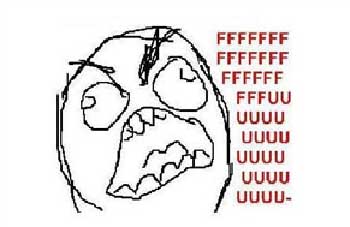Master_Ghost_Knight
Active Member
Ever wonder how computers work? Now you can know "in theory" how you can build a computer almost from the sand and other raw materials.
I am busy at the moment to invest much on this project as I would like to, but I will try my best to make it as clear subject, with some examples and exercises, although at a very slow pace.
I leave you for now a motivational video:
==========================================================
EDIT: This page is target for content only, and I intend to expand on this subject broadly. So to keep it clean and wasy to read, please posts your questions regarding this subject HERE
I am busy at the moment to invest much on this project as I would like to, but I will try my best to make it as clear subject, with some examples and exercises, although at a very slow pace.
I leave you for now a motivational video:
==========================================================
EDIT: This page is target for content only, and I intend to expand on this subject broadly. So to keep it clean and wasy to read, please posts your questions regarding this subject HERE
























































